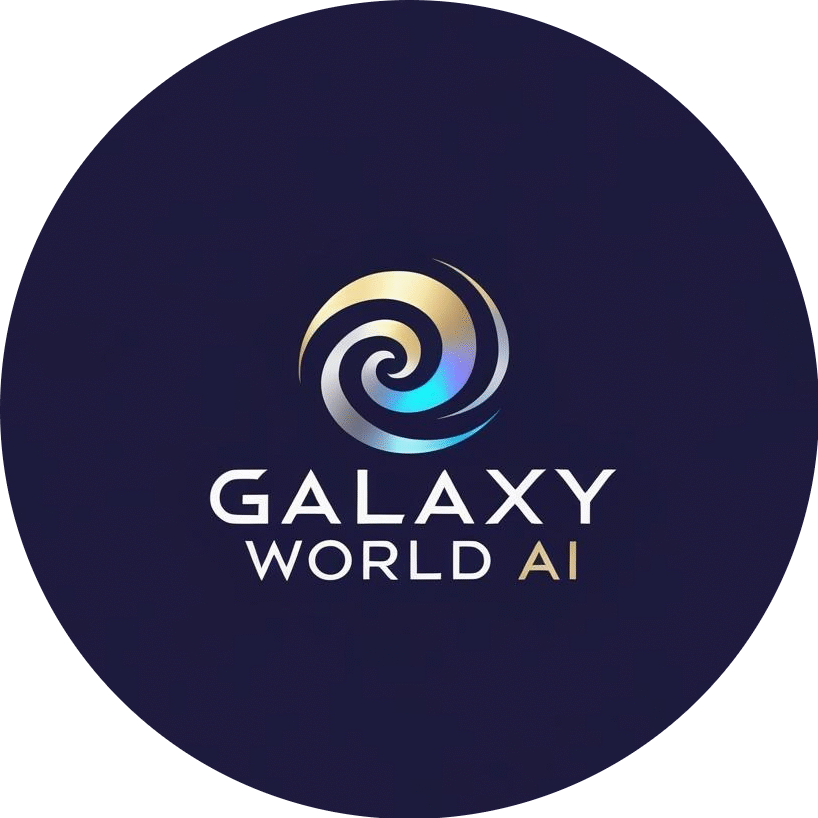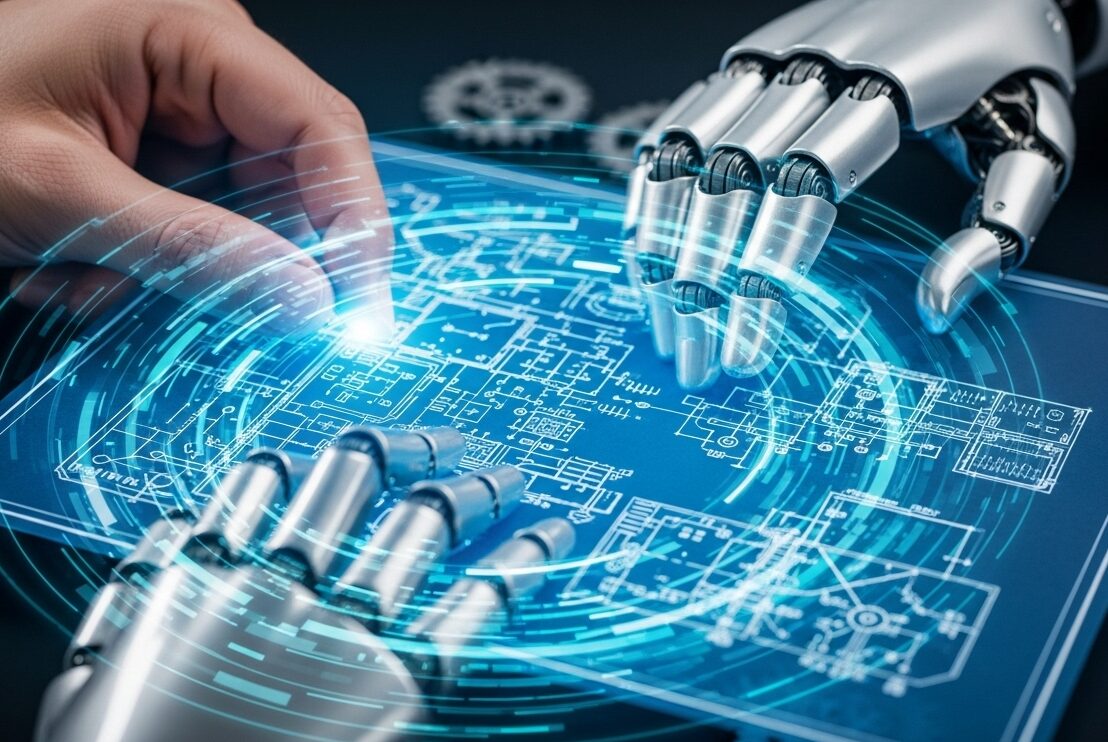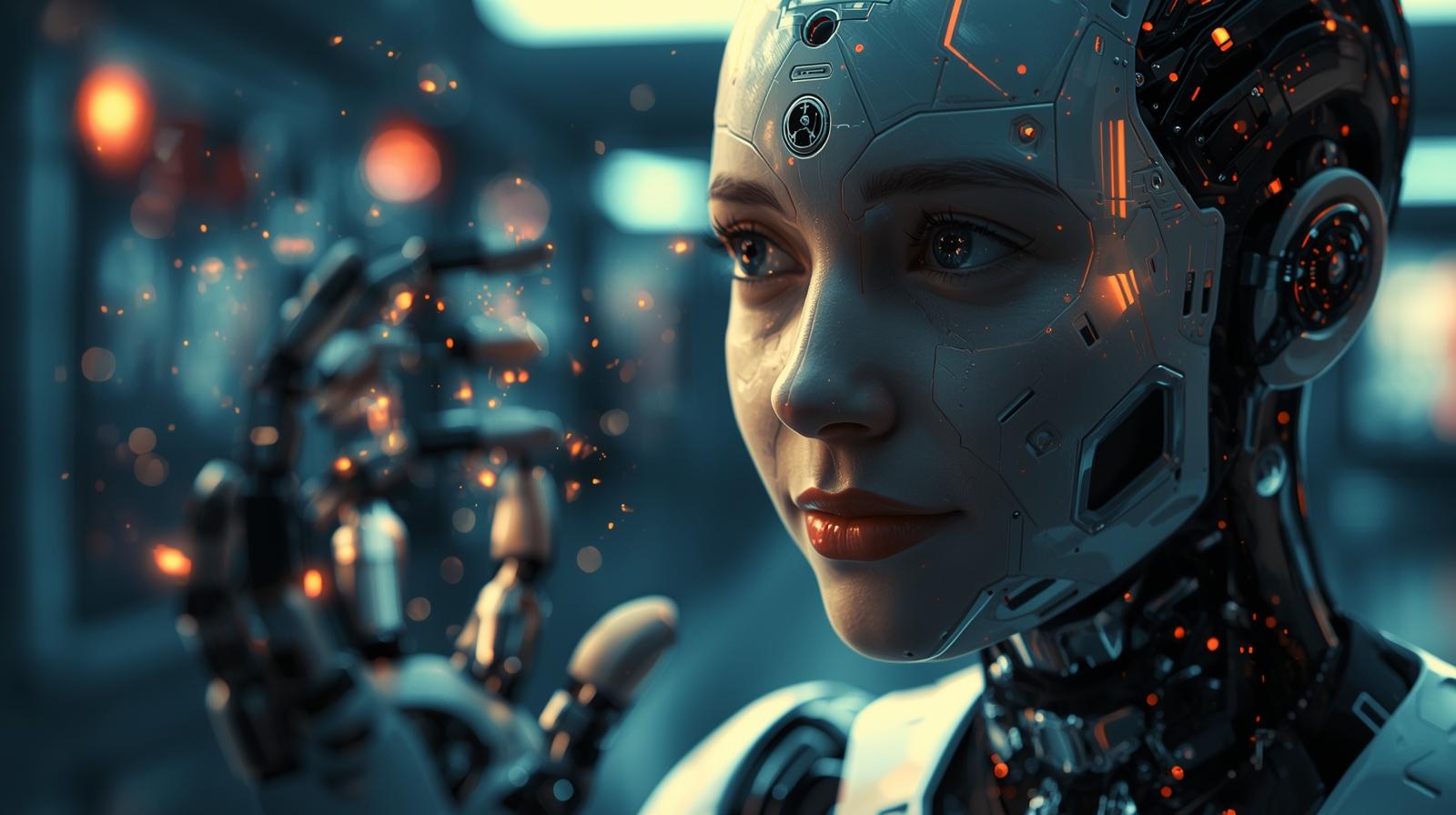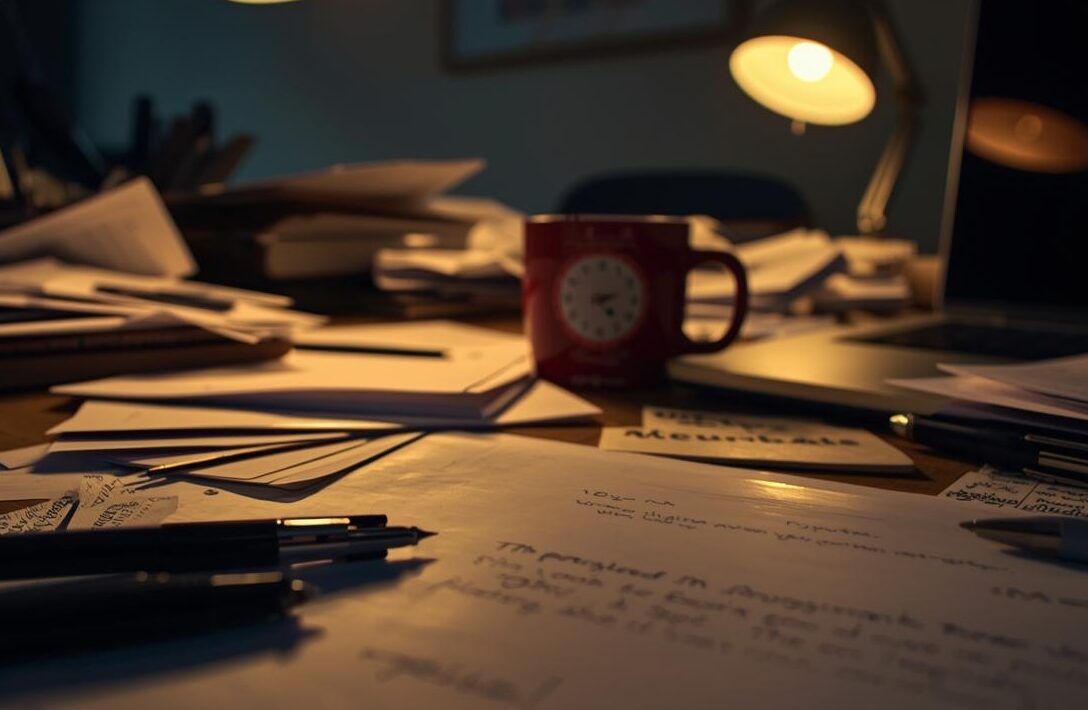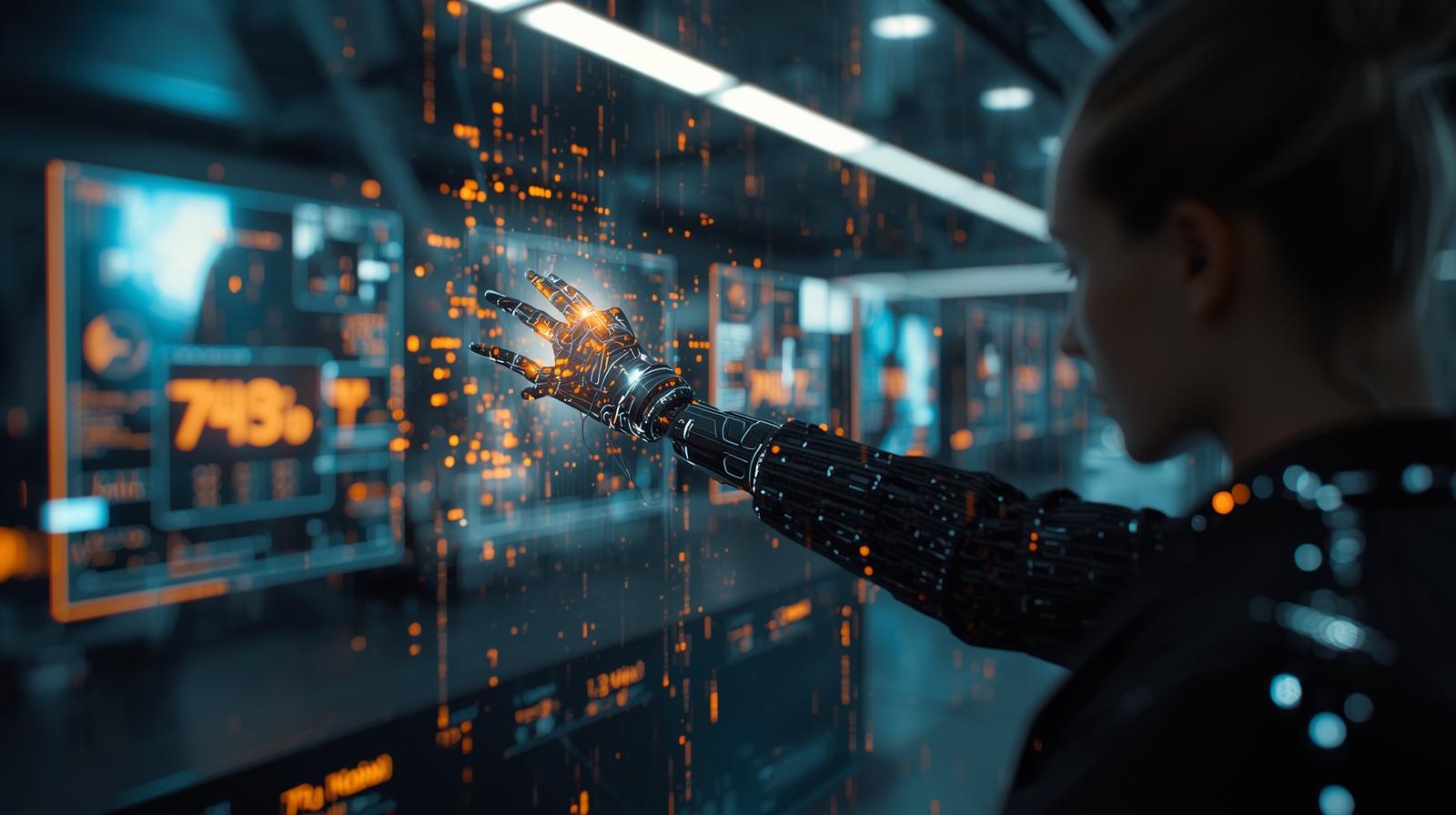Walk into a modern factory floor today and you’ll see something remarkable. Robotic arms move with perfect precision, welding, lifting, and assembling without pause. But if you look closer, the real story isn’t the machines themselves. It’s the quiet choreography between human workers and their digital partners. An engineer adjusts the program, a technician monitors performance, and together they’re achieving things neither could manage alone. This—whether in a hospital with a surgeon guiding a robotic arm or a farmer launching a drone to survey fields—is the future of work. And it looks a lot more like partnership than replacement.
Bridging the Gap: From Fear to Perspective
We’ve all heard the worry: Will a robot take my job? It’s a fair question, especially when headlines scream about automation and AI upending industries. But if history has taught us anything, it’s that technology rarely wipes out work wholesale. Instead, it reshapes it. The printing press didn’t end the role of scribes; it created an entirely new world of publishing and literacy. The same pattern is unfolding now. What’s changing is not the existence of work, but its nature—and our ability to adapt and grow alongside these tools.
The Power of Augmentation
Think of AI, robotics, and automation not as competitors, but as silent partners—extensions of human capability. Each plays a distinct role in this partnership.
AI as the Brain:
Artificial intelligence excels at what the human brain can’t do quickly: parsing vast datasets, spotting patterns, and offering predictive insights. Picture a radiologist facing a scan. On its own, the image may reveal little. But with AI comparing that scan against millions of others, subtle anomalies emerge. The AI raises the flag, but the doctor—the human with years of training, judgment, and empathy—makes the final decision. AI doesn’t replace expertise; it amplifies it.
Robotics as the Body:
If AI is the brain, robotics is the body—the physical extension that turns intelligence into action. Robots weld car parts with flawless consistency, perform delicate micro-assemblies beyond the steadiness of human hands, and handle dangerous jobs like bomb disposal. By taking on what’s hazardous, repetitive, or physically demanding, robots free humans to focus on higher-order work. They don’t steal skill; they protect and enhance it.
Automation as the Nervous System:
Now add automation—the connective tissue that links brain and body. It ensures information flows seamlessly, workflows stay efficient, and tasks move from AI analysis to robotic execution without friction. Imagine an automated warehouse: AI predicts demand, robots retrieve products, and the system orchestrates the flow end to end. Humans oversee, refine, and innovate, while the nervous system hums in the background.
The Human Edge
So where do we, as humans, fit in? Right at the center. Because despite all their sophistication, AI and robotics can’t replicate creativity, ethical judgment, or emotional intelligence. A machine can generate a thousand versions of marketing copy. But only a human can feel which one resonates with a brand’s soul. An algorithm might predict future demand for renewable energy. But only human leaders can decide how to balance that with environmental responsibility, cultural values, and long-term vision.
That’s the edge we bring—the ability to infuse strategy, empathy, and purpose into technology. Without us, the map is meaningless lines. With us, it becomes a story worth following.
Looking Ahead: From Silent Partner to Bold Future
What excites me most is not the jobs AI and robotics might eliminate, but the ones we haven’t even imagined yet. Just as the rise of the internet birthed careers like app developers and digital marketers, this new era will create roles in AI ethics, human-machine design, robotic psychology, and industries we can’t yet name.
The future of work is less about man versus machine and more about man with machine. These silent partners are not here to replace us. They’re here to push us toward our higher potential, to free us from drudgery, and to invite us into more creative, strategic, and humane work.
And that’s the real opportunity: to wield these tools not with fear, but with wisdom. If we embrace them as partners, they can help us solve some of humanity’s greatest challenges—from curing diseases to feeding billions to sustaining our planet. The atlas of tomorrow is vast, but with the right partnership, we’re not just passengers. We’re the cartographers.
